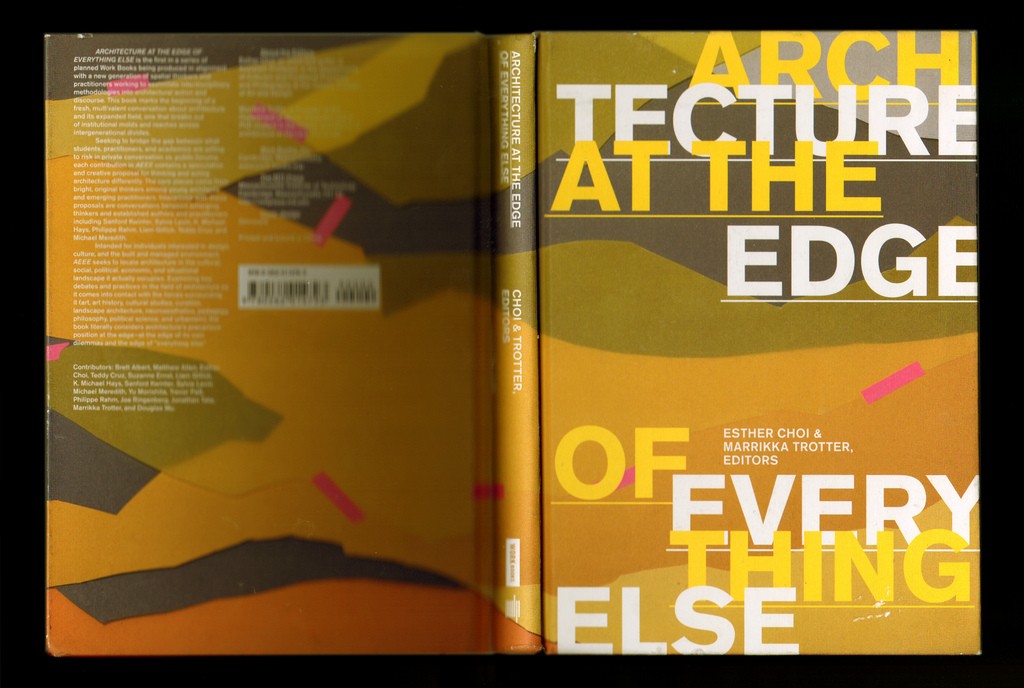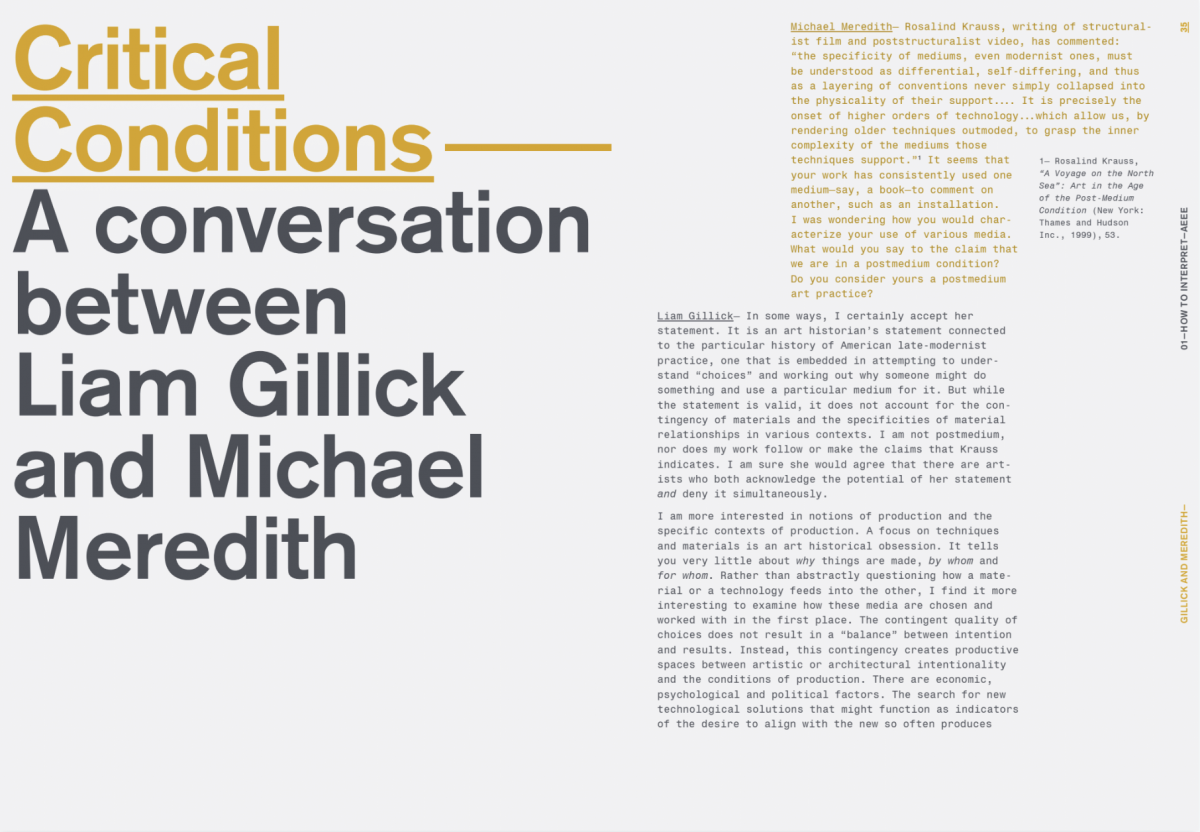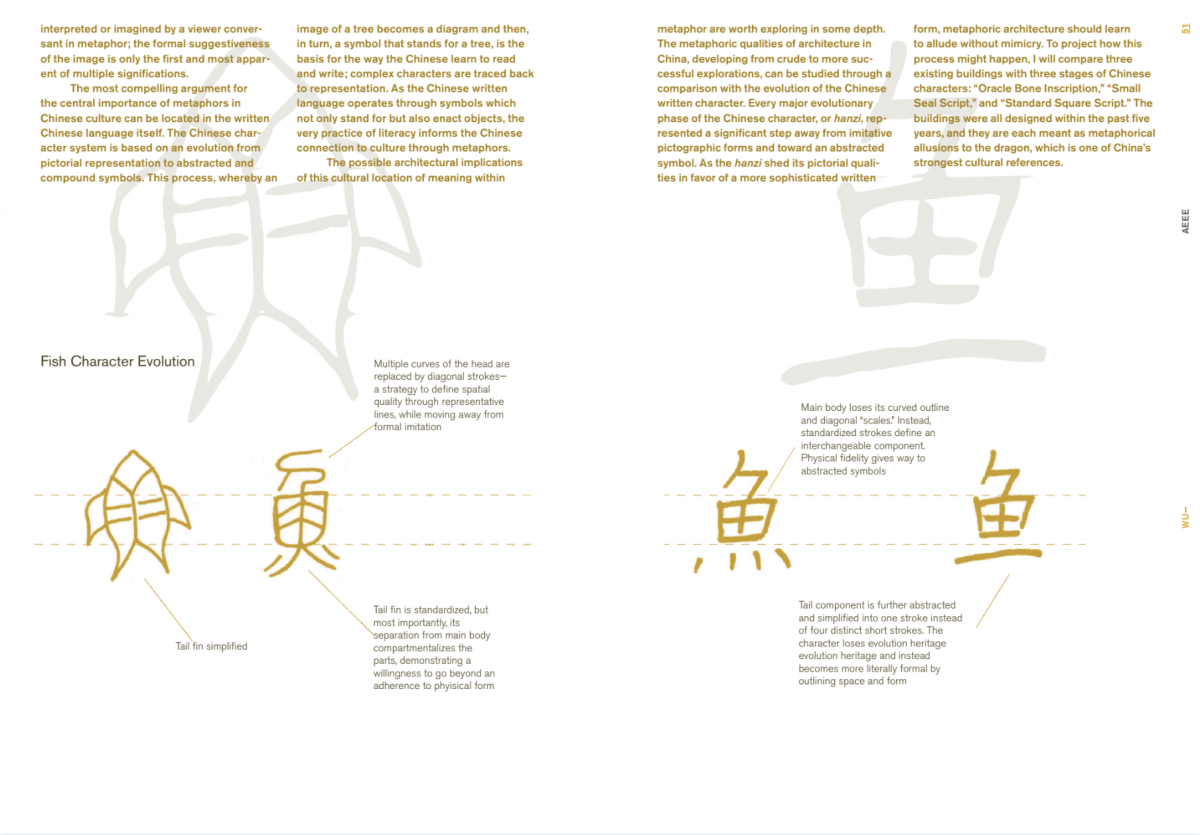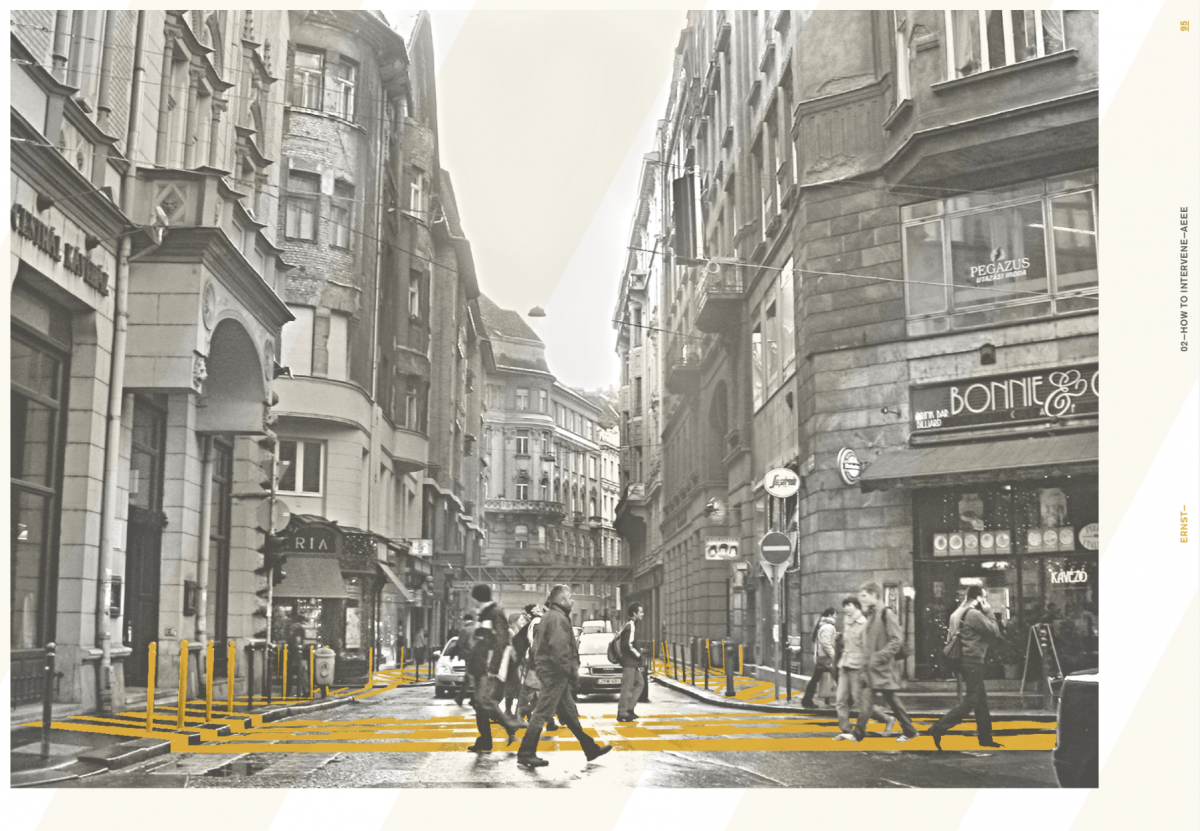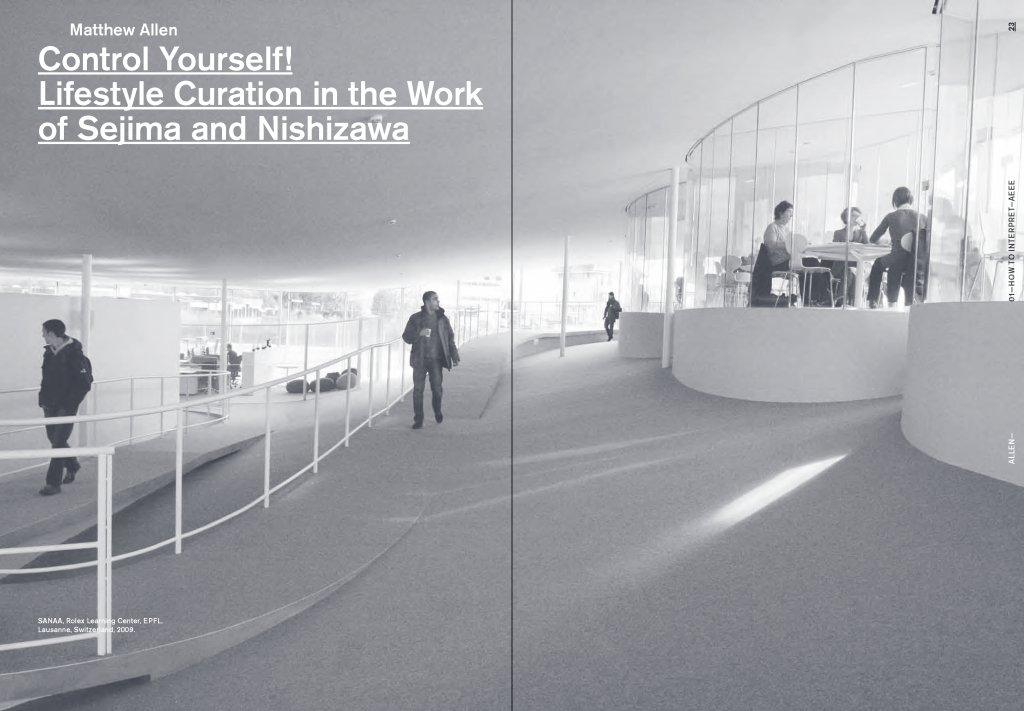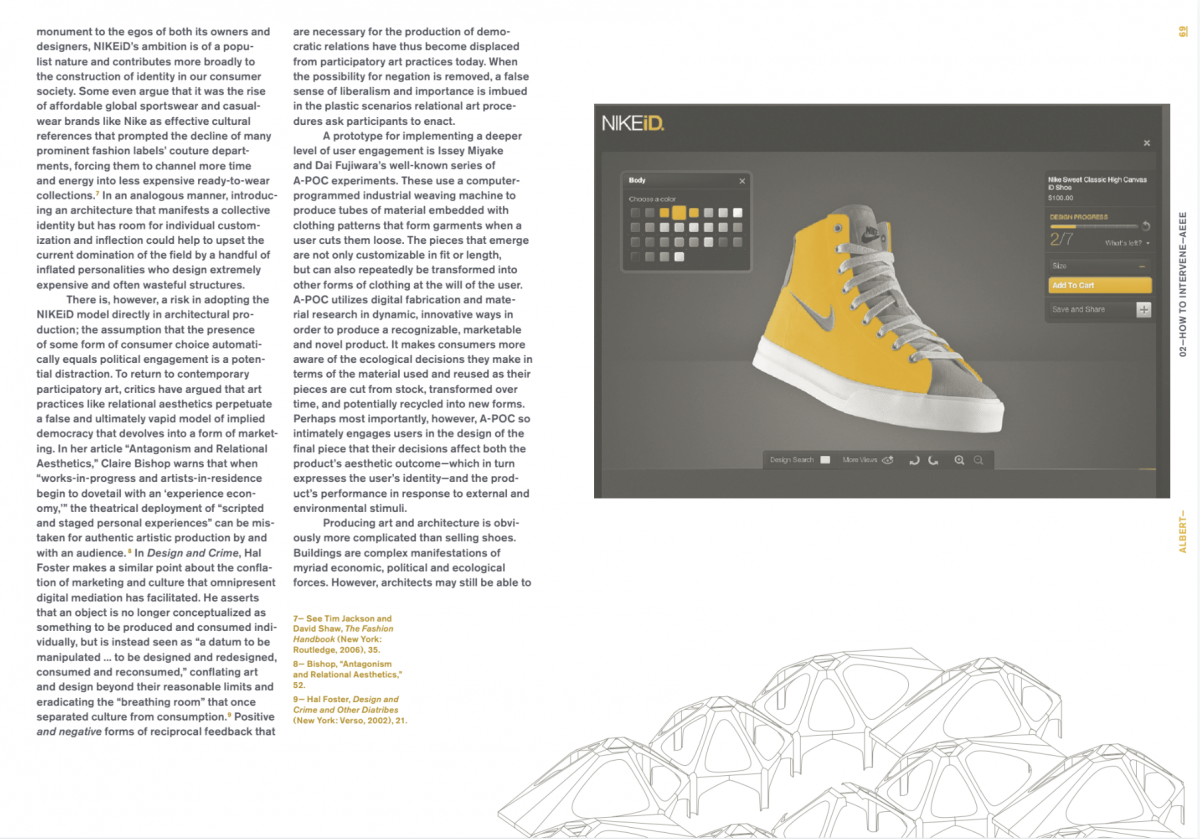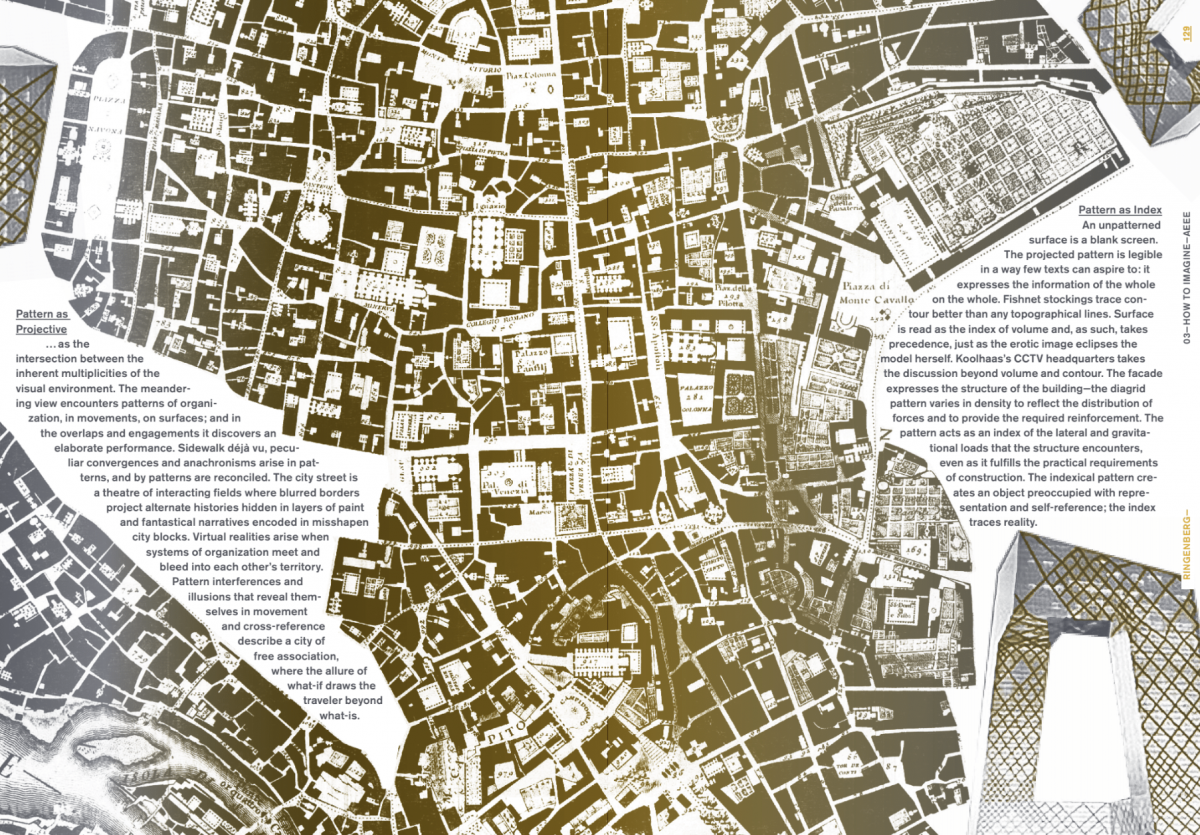Combining formal argument with informal conversations and design proposals, Architecture at the Edge of Everything Else, co-edited by Esther Choi and Marrikka Trotter, offers creative ideas for “thinking and acting architecture differently.” It locates architecture in a cultural, social, political, and situational landscape–the space it actually occupies in the contemporary world. Examining architecture as it comes into contact with other disciplines–including art, art history, cultural studies, curating, landscape architecture, neuroaesthetics, pedagogy, philosophy, political science, and urbanism–the book considers architecture’s precarious position at the edge: at the edge of its own dilemmas and at the edge of “everything else.”
Brett Albert, Matthew Allen, Esther Choi, Teddy Cruz, Suzanne Ernst, Liam Gillick, K. Michael Hays, Sanford Kwinter, Sylvia Lavin, Michael Meredith, Yu Morishita, Trevor Patt,Philippe Rahm, Joe Ringenberg, Jonathan Tate, Marrikka Trotter, Douglas Wu.
Coedited by Esther Choi and Marrikka Trotter.
Book design by Omnivore.
- How Does It Feel to Feel? by Esther Choi
- Neither Sweet nor Sour, a conversation between Sylvia Lavin and Brett Albert
- Control Yourself! Lifestyle Curation in the Work of Sejima and Nishizawa by Matthew Allen
- Critical Conditions, a conversation between Liam Gillick and Michael Meredith
- Metaphoric Architecture by Douglas Wu
- Classic, Cool and Customizable by Brett Albert
- Design Ops, a conversation between Teddy Cruz and Jonathan Tate
- The"Post" in the Post-Communist City by Suzanne Ernst
- Hair Shirts, a conversation between Sanford Kwinter and Marrikka Trotter
- Notes on Residual Space by Yu Morishita
- Activated Space: Eight Pattern Studies by Joe Ringenberg
- Re-enchanted Architecture, a conversation between K. Michael Hays and Marrikka Trotter
- Collective Image: Form, Figure and the Future by Trevor Patt
- Airtight, a conversation between Philippe Rahm and Esther Choi
- Re-relational Architecture, or, the Glass House by Marrikka Trotter.
Combining formal argument with informal conversations and design proposals, Architecture at the Edge of Everything Else offers creative ideas for “thinking and acting architecture differently.” What makes the book unique (apart from its lively graphic format) is the freshness of its voices—young architects and emerging practitioners who for the most part have not published before. Interwoven with their proposals are conversations among these new voices and more established authors and practitioners, including Sanford Kwinter, Sylvia Lavin, K. Michael Hays, Philippe Rahm, Liam Gillick, Teddy Cruz, and Michael Meredith.
Architecture at the Edge of Everything Else investigates the inner contradictions tangling and obscuring architectural discourse. It locates architecture in a cultural, social, political, and situational landscape–the space it actually occupies in the contemporary world. Examining architecture as it comes into contact with other—including art, art history, cultural studies, curating, landscape architecture, neuroaesthetics, pedagogy, philosophy, political science, and urbanism—the book considers architecture’s precarious position at the edge: at the edge of its own dilemmas and at the edge of “everything else.”
In different ways, all the contributors suggest how to understand the innovative possibilities and pitfalls of spatial practices—teasing, analyzing, and celebrating architecture’s disciplinary ambiguity—with proposals that range from a “lo-res” architecture to one controlled by the curatorial impulse, from customizable “skins” on residential buildings to the collection of residual space for new uses. Their investigations encompass how to interpret, how to intervene, and how to imagine. Breaking out of institutional molds and reaching across generational divides, Architecture at the Edge of Everything Else marks the beginning of a new conversation about architecture and its expanded landscape.
“Architecture at the Edge reasserts the importance of situating architecture within broader cultural context, beyond appearance, programmatic requirements or ‘what the client wants.’ In the context of the current unyielding economic climate, the book also grants architecture more tools for presenting itself to the public and positioning itself as a vital cultural practice.”
– Architectural Record
